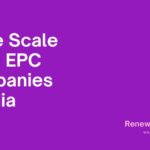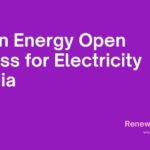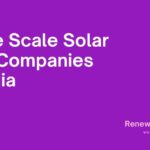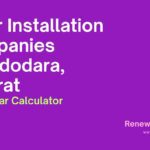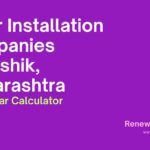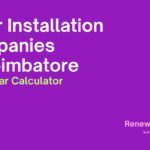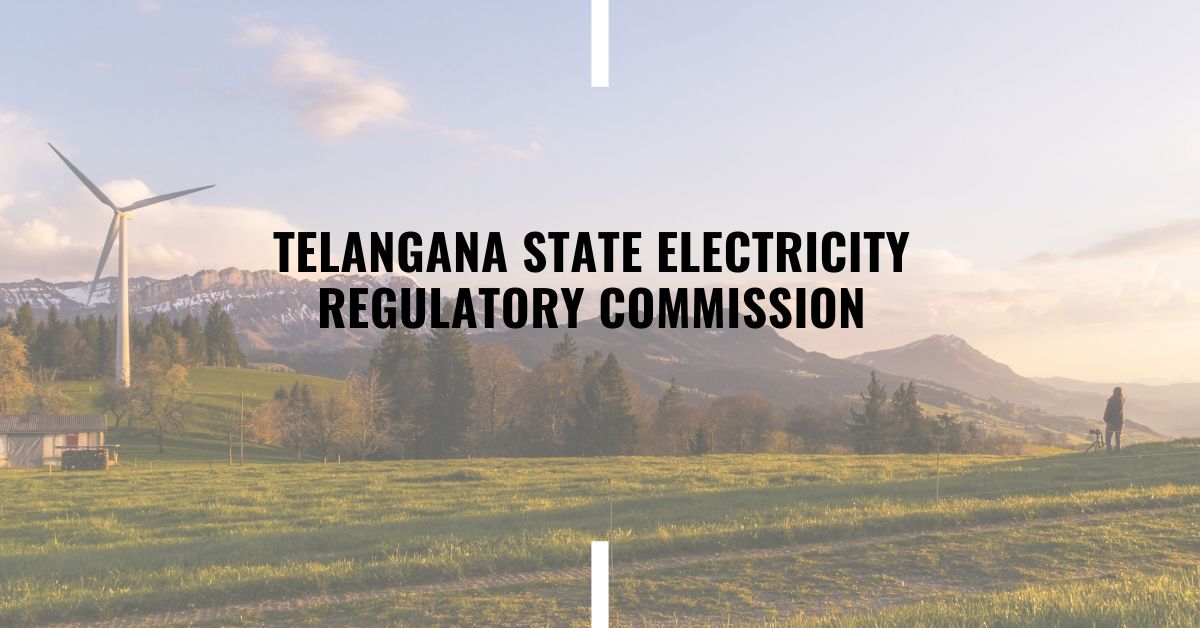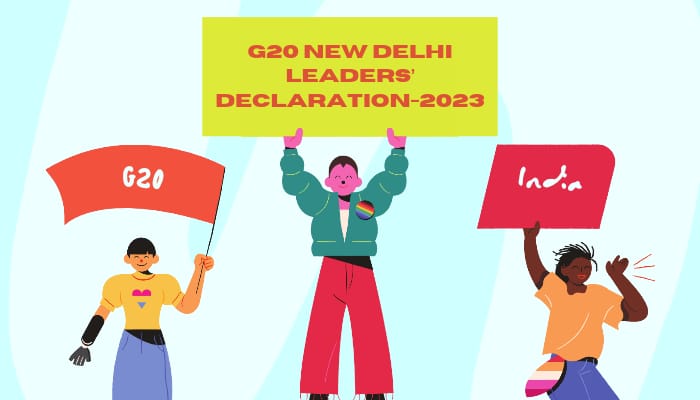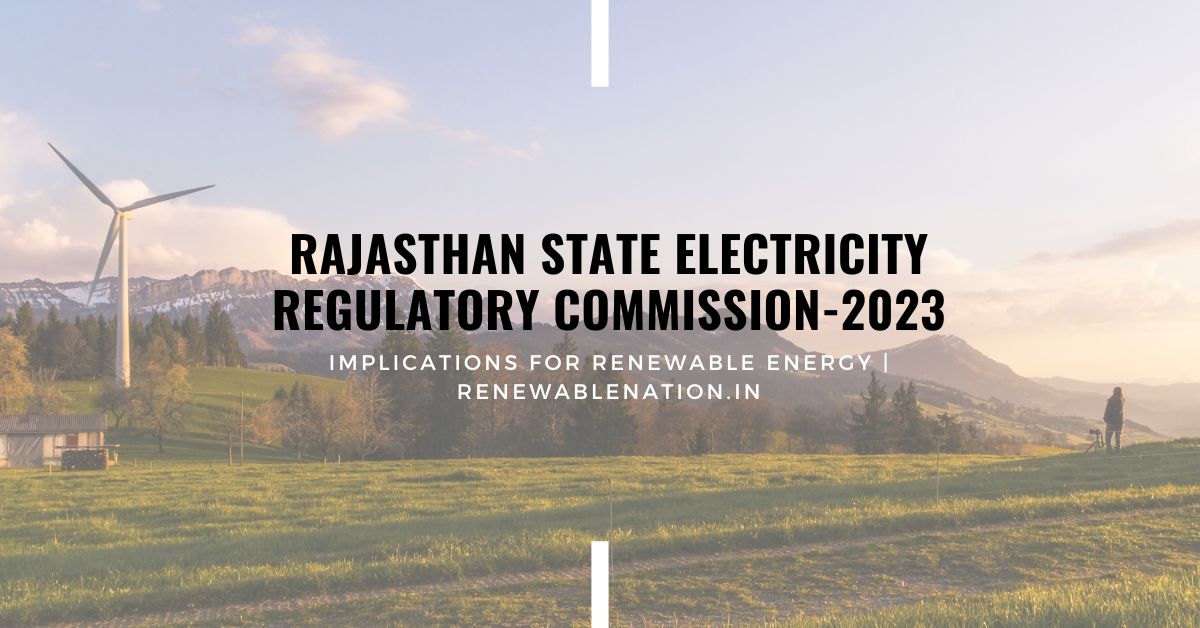The Telangana State Electricity Regulatory Commission (TSERC) is reviewing its open access regulations. Established under the A.P. Reorganization Act of 2014, TSERC adopted certain regulations from the erstwhile APERC. The commission aims to revise the Interim Balancing and Settlement Code for renewable energy sources like solar, wind, and mini hydel. Following the Ministry of Power’s 2022 rules promoting green energy open access, TSERC has drafted the Open Access Regulation, 2023, inviting stakeholders and the public to provide feedback. The draft covers definitions related to the act, open access, energy losses, renewable energy, and related terminologies, which will guide the open access process in Telangana.
This Regulation pertains to Open Access Users using intra-State transmission and distribution systems in Telangana State, even in conjunction with inter-State systems. It applies to Open Access Generators, Scheduled Consumers, and OA Consumers. Open access users are categorized into: Long-Term (7-25 years), Medium-Term (3 months-5 years), Short-Term (up to 1 month), and Green Energy Open Access Consumer (availing green energy). The State Transmission Utility (STU) handles long and medium-term transactions, while the State Load Dispatch Centre (SLDC) manages short-term ones, sometimes without consulting concerned licensees. TSSLDC acts as the State Nodal Agency (SNA) for short-term green energy access. All green energy applications go through the Central Nodal Agency portal.
Open access to transmission and/or distribution systems is based on criteria set in State Electricity Grid Code, Distribution Code, or CEA Safety Regulations. Long-term and medium-term access adhere to these regulations. Short-term access is granted if it can use design margins, variations in power flow, or spare capacity built for future load growth. Status of Captive Generating Plants (CGP) and users is verified annually as per Electricity Rules, 2005, with the Distribution Licensee responsible for validation. The criteria of consumption for various captive users revolve around a minimum 51% self-consumption of the net electricity generated annually. The method of data assessment depends on CGP and user locations. Equity shareholding verification for different CGP types requires a minimum 26% equity share capital or ownership throughout the year, supported by official certifications.
Captive users must annually provide a bank guarantee, by April 30, equal to 51% of captive consumption to the distribution licensee as payment security against determined surcharges. Failure to maintain captive user criteria by year-end will result in surcharge impositions. Existing distribution licensees are considered long-term open access users and must report biannually. Other existing users can continue wheeling as per agreements, subject to certain conditions. Open access is for users with a contracted capacity above 1 MW, with plans to extend to smaller consumers. Capacity allotment gives priority to distribution licensees and longer-term requests. If system congestion arises, different methods are implemented based on the application type. For long-term open access, a specific application procedure is detailed, requiring studies on system feasibility, with decisions conveyed within specified timelines. Non-adherence to timelines implies automatic open access approval, subject to system availability.
The procedure for Medium-Term Open Access (MTOA) involves applications available physically and electronically by the Nodal Agency. Applicants must file applications with the STU and related transmission/distribution licensees, including a non-refundable fee. Applications are acknowledged within 24 hours and are processed monthly. Changes to application details must be notified promptly. The agency must make decisions within a month from the closure of the application window. If the agency cannot grant MTOA, reasons are provided within 15 days. For Short-Term Open Access, the SLDC provides the application format and processes applications in specific time frames, depending on the requested duration. Green Energy Open Access (GEOA) applicants submit their applications to the Central Nodal Agency. The application is then sent to the State Nodal Agency for verification, and a set procedure with specific timelines is followed. Processing fees are involved, and for long-term and medium-term GEOA, a Bank Guarantee is required. The SNA provides updates on the website regarding application statuses. Proper coordination among transmission and distribution licensees and SLDC is essential for granting open access.
Applicants apply for Day ahead GEOA transactions via the Central Portal. Applications made before 13:00 are reviewed for system congestion, and decisions are communicated by 15:00. A non-refundable fee of INR 1,000 per transaction is charged. Actual open access is dependent on the applicant’s payment before 17:00. Reasons are provided if open access is denied. Open Access Agreements (OAAs) outline rights and obligations of all parties. Depending on the terms, OAAs have different renewal methods. All users must have specific energy meters. Licensees determine the available capacity of T&D networks using various methods and update this data regularly. Underutilized capacities can be surrendered, and compensatory charges apply. Long-Term and Medium-term users can change entry/exit points twice a year, while Short-Term users cannot.
Open Access users are subject to regulated charges for using transmission and/or distribution systems. These charges include transmission and wheeling charges, which may change as determined by the Commission. Cross-subsidy surcharges are applied to those purchasing green energy, with a capped increase for 12 years. Exceptions to this surcharge exist, particularly for power from waste-to-energy plants or for producing green hydrogen/ammonia. Additional surcharges can be levied but have exceptions, especially for green energy sources. If a system requires augmentation, users might need to contribute to costs. Users must also pay scheduling, standby, and system operation charges. Payment terms vary based on user types; long-term and medium-term users are invoiced by Distribution Licensees, while short-term users pay directly. All users must begin paying from the open access commencement date. Underutilization can lead to added charges. Licensees and the State Load Dispatch Centre (SLDC) coordinate daily to ensure system stability and provide requisite information on their websites for transparency. Licensees must adhere to quality standards, and all users should maintain their actual demand within the contracted limits. In emergencies, power can be curtailed based on a prescribed priority. Other general terms of supply, like voltage, security deposit, and disconnection policies, follow the General Terms and Conditions of Supply.
BALANCING & SETTLEMENT CODE
Open Access Generators, Scheduled Consumers, and OA Consumers must provide a daily Wheeling Schedule by 10:00 a.m. a day ahead. This excludes certain Solar & Wind Generators and Mini-hydel up to 5 MW. Those with multiple generating stations must provide separate schedules for each. Any failure to provide a schedule will result in using the last available schedule. SLDC will finalize and communicate the day-ahead schedules, and these are binding.
The total allocated capacity by OA Generators shouldn’t surpass their available capacity. OA Generators must specify allocated capacity considering loss levels. In any system constraints, the SLDC/DISCOM can modify schedules without the parties revising them on the same day.
SLDC, with the Energy Billing Centre (EBC), will handle energy accounting. Energy accounts are finalized monthly, and in case of metering failures, an approved method will determine the energy account. Scheduled energy and demand at exit points are calculated for each time block. Deviations between scheduled and actual energy at Entry points have implications for payment and charges. For OA Consumers, energy and demand calculations follow similar principles. Excess consumption could lead to penalties, and any balance demand is charged at twice the applicable demand charges.
This regulation addresses settlements for electricity generation and consumption:
- Scheduled Consumers drawing excess energy due to under-generation by a Generator will be billed as if drawn from the DISCOM.
- Open Access (OA) Consumers also drawing excess will be billed based on specific tariffs and categories.
- Underdrawals will be seen as energy supplied by the Generator to DISCOMs without payment unless sourced from renewable energy.
- OA Generators’ excess energy injections aren’t accounted for beyond the scheduled capacity.
- Special provisions exist for solar, wind, and mini-hydel generators.
- Surcharge and additional surcharge will apply as per Open Access Regulation.
- Banking of renewable energy involves a facility for consumers to store surplus energy, with monthly settlements and specific banking charges. There are stipulations on how banked energy can be drawn based on Time of Day.
- Transmission and wheeling charges will be levied once.
- For banking purposes, a separate “Banking Agreement” is needed.
- Dispute resolution goes through the SLDC.
- The Commission can issue orders and directions for implementation and address difficulties.
- Previous regulations have been repealed, but actions under them, if consistent, are still valid. Existing short and long-term access agreements under old rules will remain valid until their expiration.
This banking agreement is between the Power Distribution Company of Telangana Limited (TSDISCOM) and a Solar/Wind/Mini Hydel Generating Company, referred to as the “Banking Facility User”. TSDISCOM distributes electricity in Telangana, as authorized by relevant commissions. The Banking Facility User produces energy and seeks to use TSDISCOM’s services to bank excess energy, which means injecting unused electricity into the transmission system for later retrieval and use. The agreement clarifies definitions related to the electricity and banking sectors. Procedures for availing these banking services include adhering to technical requirements, ensuring payment security, and following specified guidelines. Charges for services, including scheduling and system operation charges, standby charges, and potential compensatory fees for changes in contracted capacity, are highlighted. The banking user is expected to maintain specific power factors, and costs may arise if the infrastructure needs augmentation to support the user’s needs.
Article 3 relates to banking services provided to Green Energy Open Access generators. TSTRANSCO and DISCOM commit to provide these services based on specific regulations, terms, and payments of related charges. Generators can “bank” their produced energy following Commission regulations. Banked energy has consumption restrictions during peak periods and unutilized energy is handled by the Commission’s Open Access Regulations.
Article 4 establishes the agreement’s term, allowing renewal without a fresh application if notice is given three months prior. Lack of notice means forfeiture of the allocated capacity.
Article 5 details invoicing and payments. Charges for services are as specified by the Commission. Invoices are based on meter readings and tariffs, issued monthly. Supplementary invoices can be presented for additional charges. Payments should be made within 15 days of invoice presentation. As a security measure, users must deposit amounts equating to estimated two-month charges. Any payment delays can lead to service termination.
Article 6 pertains to the banking facility user’s adherence to the Commission’s scheduling processes. In emergencies, TSTRANSCO/DISCOM can limit power to maintain grid stability.
Article 7 demands special energy meters from the banking facility user, conforming to specific standards, for accurate readings. The user is responsible for meter compliance and must share data as requested. TSDISCOMs take and authenticate meter readings.
Article 8 details defaults, such as unpaid invoices or technical non-compliance. If unresolved, TSTRANSCO/DISCOM can disconnect and terminate the user’s installation. Other breaches result in potential agreement termination after specific notices.
Article 9 prohibits the user from transferring the agreement without TSTRANSCO/TSDISCOM consent.
Article 10 lays down the protocol for written communications, detailing addresses and service acknowledgment processes.
Article 11 states the agreement abides by Indian laws. Jurisdiction for disputes lies with nodal agencies or courts in Telangana.
Article 12 discusses dispute resolution. Parties must first attempt amicable solutions, then reference a consumer grievances forum if unresolved.
Article 13 defines force majeure events, exempting obligations during such incidents. During these events, DISCOM owes no compensation for service lapses.
Article 14 emphasizes supply quality, with TSTRANSCO and DISCOM upholding grid code standards. Banking facility users must manage their demand, aligning with their contracts. Balancing and settlements adhere to the Commission-approved code.
Open Access Agreement
This Open Access Agreement involves the Transmission Corporation of Telangana (TSTRANSCO), an intra-state transmission licensee, and an “Open Access User” as the main parties. TSTRANSCO handles electricity transmission while TSDISCOM deals with its distribution in Telangana. The Open Access User, either a generator or consumer, intends to use the transmission and wheeling services offered by TSTRANSCO and TSDISCOM. The agreement outlines the responsibilities, including adherence to regulatory procedures, technical requirements, and payments for services. Charges include transmission, wheeling, cross-subsidy surcharges, and more. If TSTRANSCO or TSDISCOM needs to augment facilities to serve the Open Access User, they might recoup costs.
Article 3 covers transmission and wheeling services. TSTRANSCO and TSDISCOM will provide these services to the Open Access User upon payment of certain charges. The criteria for capacity allotment is specified, and in cases of underutilization, capacities can be adjusted. Article 4 outlines the agreement’s term, which varies based on the nature of the Open Access Agreement, whether short-term or medium/long-term. Article 5 details invoicing and payment procedures. TSDISCOM will bill the Open Access User for services, and specific provisions are laid out for invoices and payment methods. A security mechanism ensures payment recovery. Article 6 mentions scheduling and curtailment, emphasizing compliance with Commission-specified procedures and addressing potential grid constraints. Article 7 revolves around metering. Open Access Users are required to provide special energy meters and ensure compliance with metering regulations. Meter readings will be jointly acknowledged by TSDISCOM/TSTRANSCO and the Open Access User.
Article 8 details defaults by parties and consequences. Open Access Users default if they don’t pay invoices. TSDISCOM can issue a notice, disconnect installation, and even terminate the agreement if payments aren’t made. Technical requirement breaches may lead to disconnection. For other breaches, remedies include specific performance, damages, and termination.
Article 9 forbids assignment of the agreement without TSTRANSCO/TSDISCOM’s consent.
Article 10 outlines notification procedures.
Article 11 states Indian law governs the agreement, with jurisdiction in Telangana.
Article 12 provides for dispute resolution, initially through senior management consultations, then via consumer grievance forums.
Article 13 defines force majeure events, exempting parties from obligations during such events.
Article 14 stresses quality supply and energy balancing obligations.
Article 15 addresses modifications to the agreement, emphasizing that written amendments are necessary, and parties must act in good faith.
